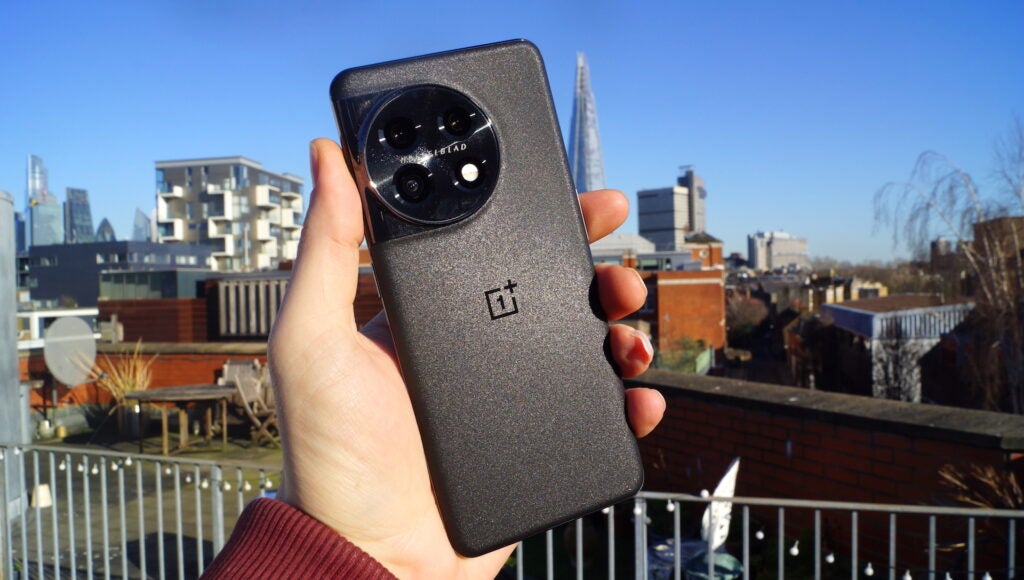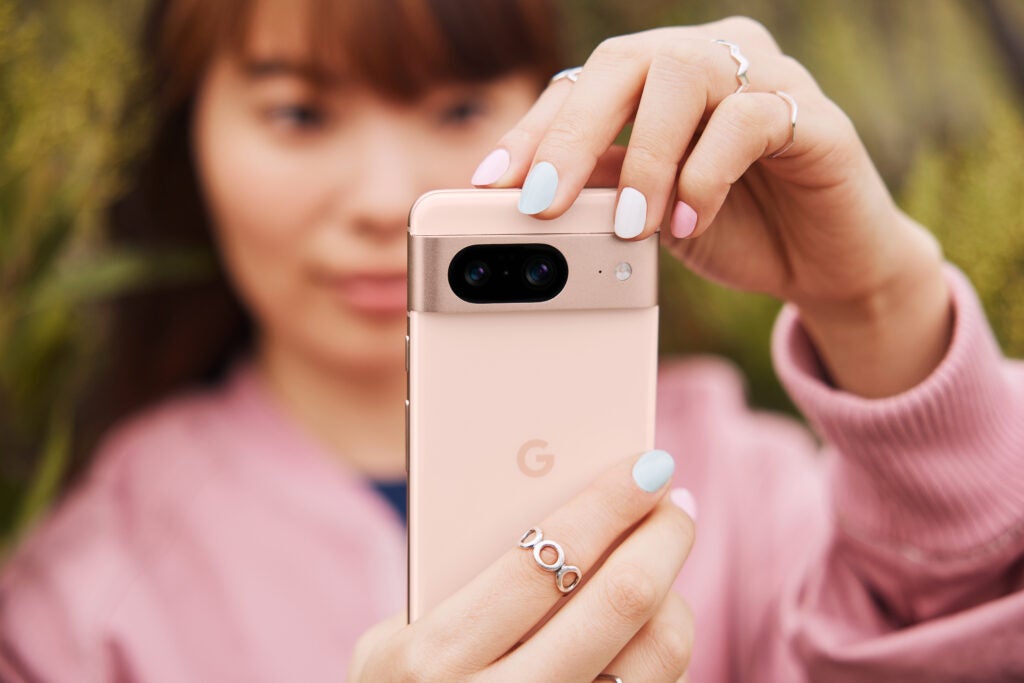The smartphone world just got a little bigger with the announcement of the Google Pixel 8 and Google Pixel 8 Pro, but how do they compare to one of the most popular phones around, the OnePlus 11?
It’s been a great year for mobile enthusiasts, as Google this week announced two brand-new handsets, the Pixel 8 and Pixel 8 Pro. These new models come with the latest Google Tensor G3 chipset alongside a batch of new AI features and hardware upgrades.
But just because another shiny new mobile phone has been introduced doesn’t mean that we can forget about what other brands have to offer. The OnePlus 11 launched early this year and scored an impressive 4.5 stars from us alongside a Trusted Reviews Recommended badge, so the Pixel 8 has a lot to live up to.
We’re going to be running through all the key differences between the Pixel 8 and OnePlus 11 so you can decide which Android phone is best suited for you.
The OnePlus 11 has a dynamic refresh rate
One of the best features of the OnePlus 11 is its dynamic refresh rate. The refresh rate – combined with LTPO 3.0 tech – can jump between 1Hz and 120Hz, allowing it to jump up high during intensive tasks and drop down low to conserve battery. We found the handset to feel snappy to use during day-to-day tasks, with the 2K resolution providing a crisp experience.
Google also chose to use an adaptive refresh rate, which can jump between 60Hz to 120Hz. Since it can’t drop as low as 1Hz, it may have a negative effect on battery conservation, but that will also be impacted by the battery capacity, among other factors. It comes with an FHD+ (1080×2400 resolution) – lower than the OnePlus 11’s QHD+ (3216×1440) resolution – but it should be more than serviceable for watching video content and scrolling social media.

Google Tensor G3 vs Snapdragon 8 Gen 2
The Pixel 8 comes with the brand-new Google Tensor G3 chipset. Google claims that the G3 comes with the biggest machine learning model yet, and is 10x more complex than the Tensor G2 found within the Pixel 7 and Pixel 7 Pro. More features are present on the Tensor G3, including the Audio Magic Eraser – which can remove unwanted audio from video – and Clear Calling, which should provide crystal clear audio on phone calls.
The OnePlus 11 comes with the latest Qualcomm Snapdragon 8 Gen 2 chipset. Compared to the Snapdragon 8 Gen 1, it comes with a 4.35x uptick in performance when it comes to AI. The new Kyro CPU offers a 35% performance boost, and the Adreno GPU provides up to a 25% uptick, too. We found the performance to be generally snappy, with no signs of stutter when loading in new apps or scrolling through media-heavy apps like Facebook and Twitter.
The OnePlus 11 has more camera sensors
Google kitted out the Pixel 8 with a modest camera setup, including a 50-megapixel wide camera and a 12MP ultrawide sensor with autofocus. Thanks to various software features, the Pixel 8 can utilise Magic Eraser to remove unwanted objects and people from the background of pictures, and Real Tone ensures that all skin tones will be accurately represented in photographs.
The OnePlus 11 comes with a very impressive setup in comparison; the Sony IMX890 50MP main camera is accompanied by a 48MP ultrawide sensor alongside a 32MP portrait tele lens. We found that the main sensor took in a lot more light than most OnePlus handsets, and was capable in low light conditions. Camera tuning between the three is also largely impressive, with very little difference in the overall quality and colour profile.

The Pixel 8 is more affordable – in the UK
You may be wondering which handset is the most expensive out of the two, and it shouldn’t be too surprising to find out that it’s the OnePlus 11 – although not by a lot. It has a starting price of £799/$699 and comes in two colours: Titan Black and Eternal Green.
Due to the lower resolutions and fewer camera sensors, the Pixel 8 has a more accessible starting price, but that will depend on which region you’re from. It has a starting price of £699/$699, making it more affordable in the UK, but the same price in the United States. It comes in three colours: Hazel, Obsidian and Rose.




